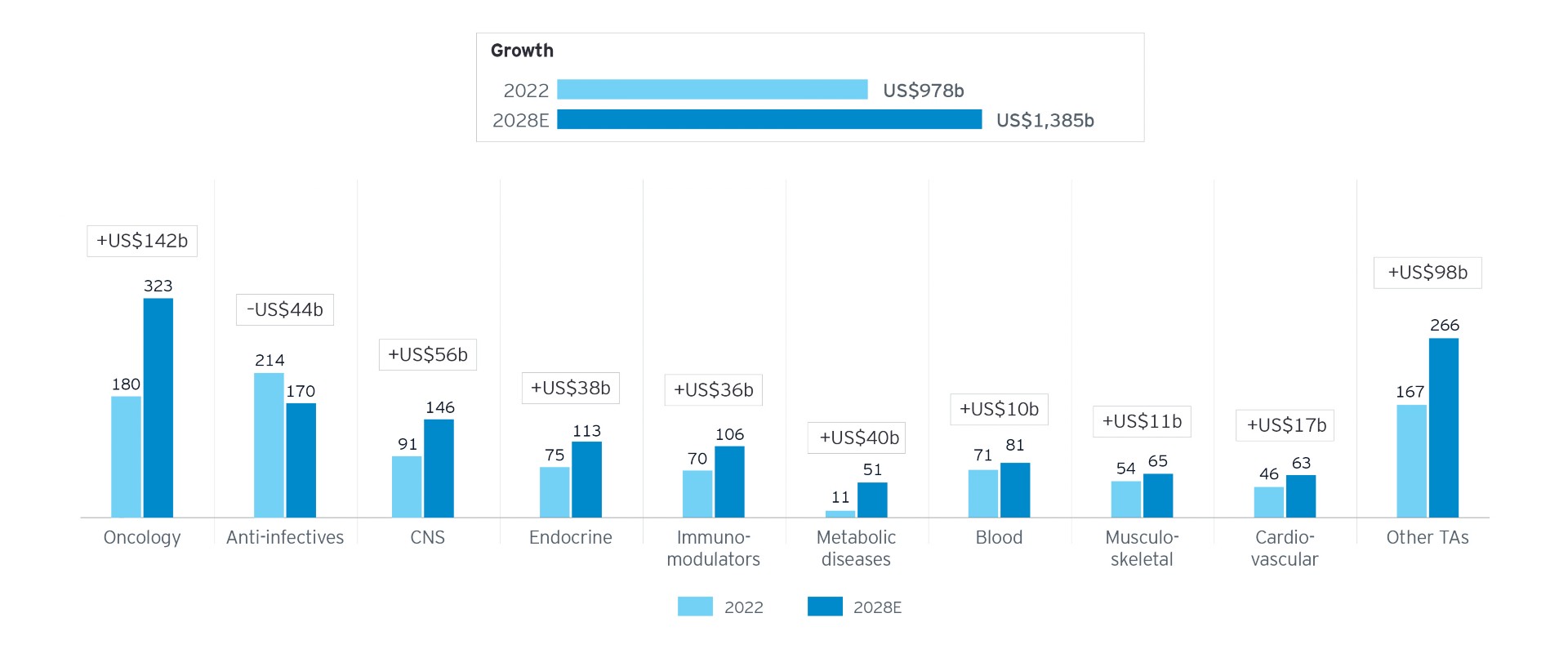Summary
Looking ahead, the dealmaking imperative will continue to gain urgency. Companies will need to keep finding the right targets and the right partnering approach to replenish revenues. Concentrating on the crown jewel core assets, building depth in key growth therapeutic areas and identifying assets that can truly unlock value will be key requirements. In every case, signing the deal will only be the start – good dealmaking is an ongoing process, and companies need to find the right partners to make it work.



